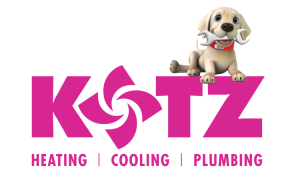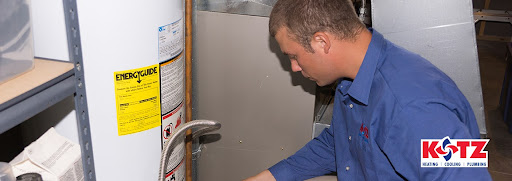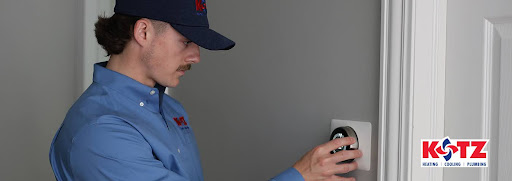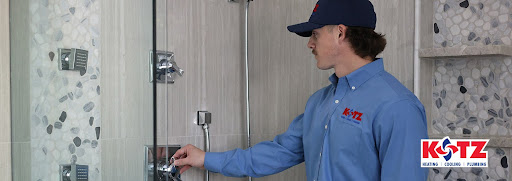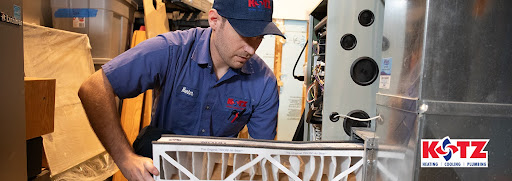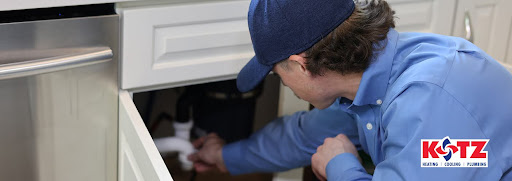
If you are thinking about replacing your worn-out and inefficient cooling and heating system and are expecting a nice tax return to apply towards the purchase, now is a great time to take that step.
Late last year, the Residential Energy Efficiency Tax Credit was renewed legislators, retroactively from January 1, 2015 through December 31, 2016. Equipment which meets the tax credits qualifications and installed in 2015 or 2016 is eligible. This tax credit renewal comes at a great time for those homeowners who are thinking about using their income tax refund to finance a new HVAC system.
As listed at http://www.energystar.gov/taxcredits, the following are eligibility requirements and further details of the tax credit:
- Efficiency improvements or equipment must serve a dwelling in the United States that is owned and used by the taxpayer as a primary residence.
- The credit applies to the purchase of high-efficiency heating, cooling and water-heating equipment.
- Tax credit is 10% of cost up to $500 or a specific amount from $50-$300. The maximum tax credit for all improvements is $500.
- If tax credits of $500 were made in previous years, any purchases made in 2011-16 will be ineligible.
- High-efficiency heating, cooling and water-heating equipment eligible for tax credits, and their credit caps include:
- Natural gas, propane, or oil furnace or hot water boiler with an annual fuel utilization rate of 95 or greater: $150
- Electric heat pump water heater with an energy factor of at least 2.0: $300
- Electric heat pump that achieves the highest efficiency tier established by the Consortium for Energy Efficiency: $300
- Central air conditioner that achieves the highest efficiency tier established by the Consortium for Energy Efficiency: $300
- Natural gas, propane, or oil water heater that has either an energy factor of at least 0.82 or a thermal efficiency of at least 90%: $300
- Geothermal heat pumps up to 30% of cost with no cap.
- Biomass stoves that use “plant-derived fuel available on a renewable or recurring basis, including agricultural crops and trees, wood and wood waste and residues (including wood pellets), plants (including aquatic plants), grasses, residues, and fibers.” Systems must have a thermal efficiency rating of at least 75% to qualify: $300.
Source: http://www.energystar.gov/taxcredits
In short, the Residential Energy Efficiency Tax Credit tax credit makes it easier to take a proactive approach to replacing your HVAC system. This approach not only helps avoid costly – and sometimes temporary – repairs, but it also will allow you the time to price and research options. And don’t forget how much money a new, more efficient system will save you on your energy bills.
Call us today for more details on options for replacing your system.
